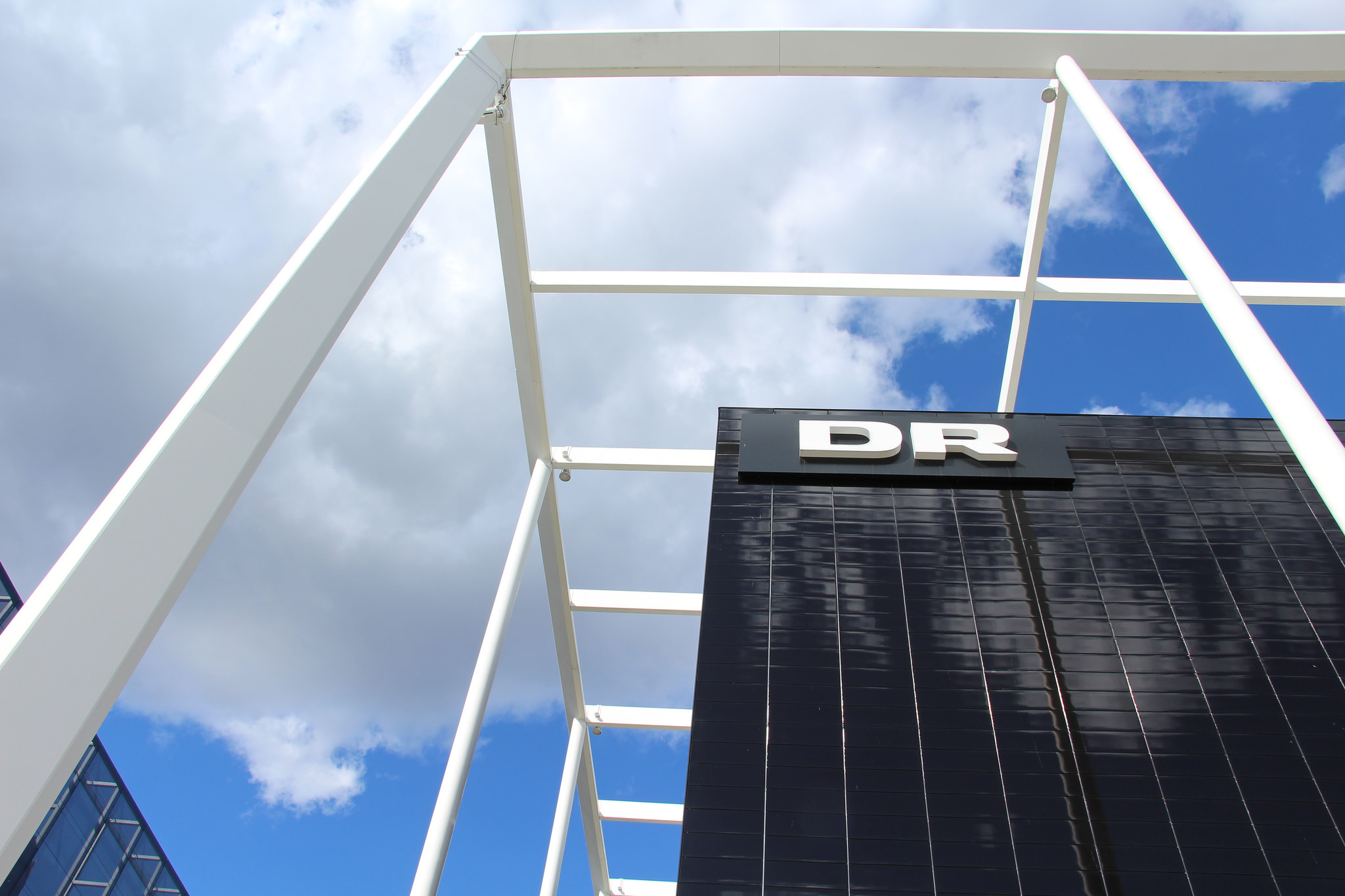Up to 400 job cuts and the closure of three radio channels and three TV channels sparks serious concern for the reach of DR and media pluralism in Denmark.
The changes are part of comprehensive media reforms agreed by the government and the Danish People’s Party (DF) in June, which will see public broadcaster DR’s overall expenditure cut by 20% over the next five years.
Announced by the Ministry of Culture on Tuesday, the first stage of the ruling right-wing coalition’s reforms will reduce six TV channels to three, and eight radio stations to five. TV channels DR3 and DR Ultra will only be available via streaming services by 2020, while DR2 and DR K will be combined into one channel. Radio channels P6 Beat, P7 Mix and P8 Jazz will all be closed.
The wide-ranging job losses will include 25 managerial or executive positions, as the broadcaster attempts to slim its expenditure by 420million Kronor annually by 2020.
The government and DF claim the cuts are part of a modernisation drive. The Minister of Culture, Mette Boch, announced the reforms as addressing “increased digitalisation and Danes’ changed media habits in distributing DR content”, while boosting cooperation with the private sector and limiting DR’s ability to compete with commercial broadcasters.
But following an agreement to remove Denmark’s licence fee in March, the reforms have been interpreted by many media commentators and opposition parties as a cynical attempt to further marginalise DR, its editorial independence and its role in holding power to account.
Worryingly the reform will also inhibit DR’s news website, dr.dk, stating that “DR can bring text-based news, but must refrain from long, in-depth articles” and opinion pieces in a move that has the potential to deter Danes’ confidence and trust in independent media.
In a joint statement with the European Federation of Journalists (EFJ), Lars Werge, President of the Danish Union of Journalists (DJ) expressed his concern for DR colleagues, adding “I am also extremely concerned that the politicians – to an extent we have never seen before – are challenging the principle of arms’ length as they are now defining what kind of journalism DR should deliver. It happens because they expect that a weaker DR will strengthen private media, but there is no guarantee for that”.
In a press release DR’s Director General, Maria Rørbye Rønn, said: “It will be hard, but we have taken on the task. At the same time, we have an ambition to develop DR as best possible for future generations within the new political and economic framework.”
With the genre areas of sport, entertainment and lifestyle all significantly cropped, Rønn also highlighted the need to prioritise in certain areas: “We must be brave and ambitious in the choices we make now… a smaller [budget], sharp content priorities and our commitment to digital will mean that DR’s content will be used both by smaller and fewer Danes”
The latest reforms and licence fee removal raise serious questions about the future reach, universality and editorial independence of DR. Combined with the removal of themed channels and a reduced genre focus, the reforms are likely to have serious implications for media pluralism in Denmark.
The public service agreement has been released online by Denmark’s Ministry of Culture and can be found here.
For more information on the reform, DR have produced a timeline of proceeds leading to the reform.
Header Image: DR-Byen, the headquarters of the Danish Broadcasting Corporation, Copenhagen. Credit: Fred Romero/Creative Commons
By Kristian Porter
Related Posts
11th January 2018
Danish Broadcasting Corporation and public service broadcasting under threat
Ten Directors-General of public service…
